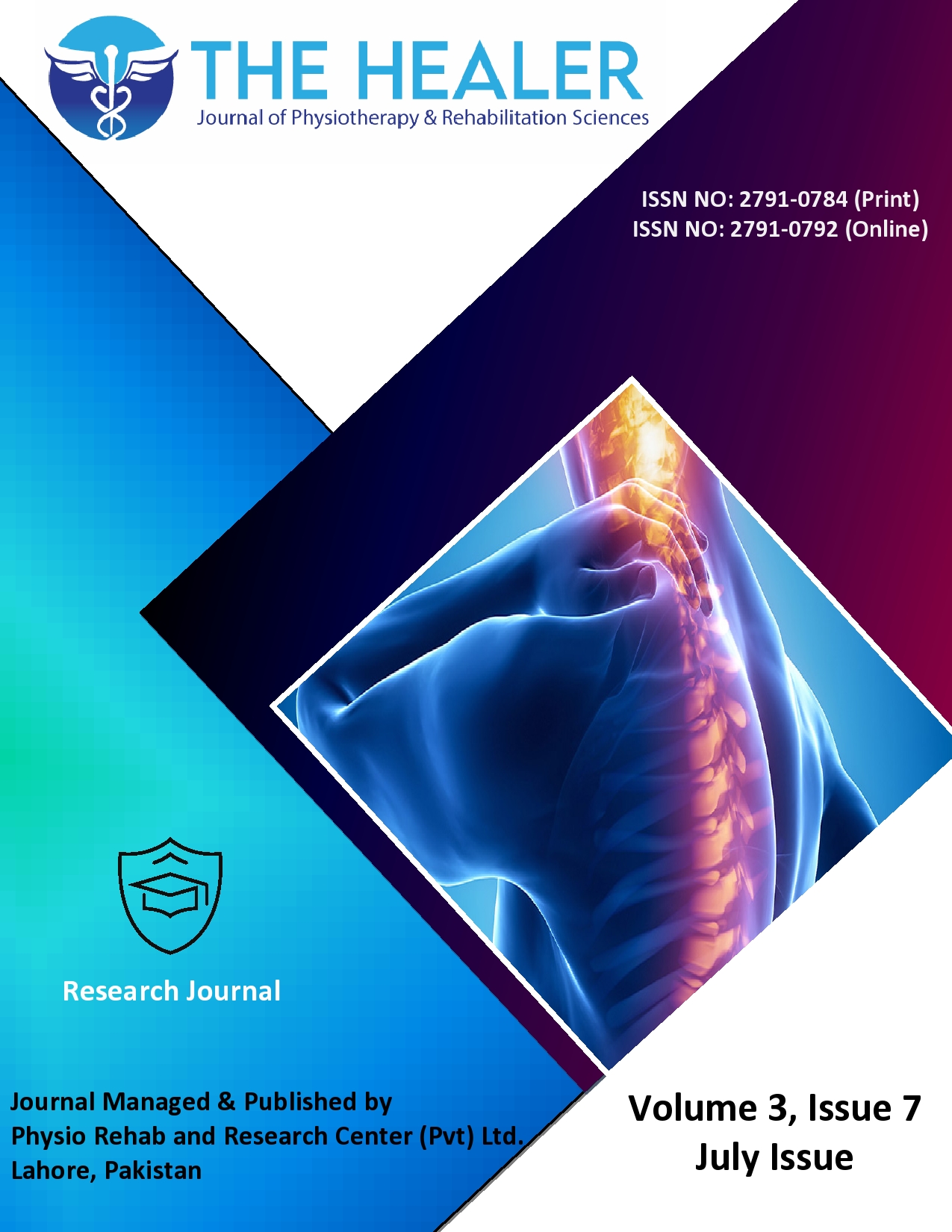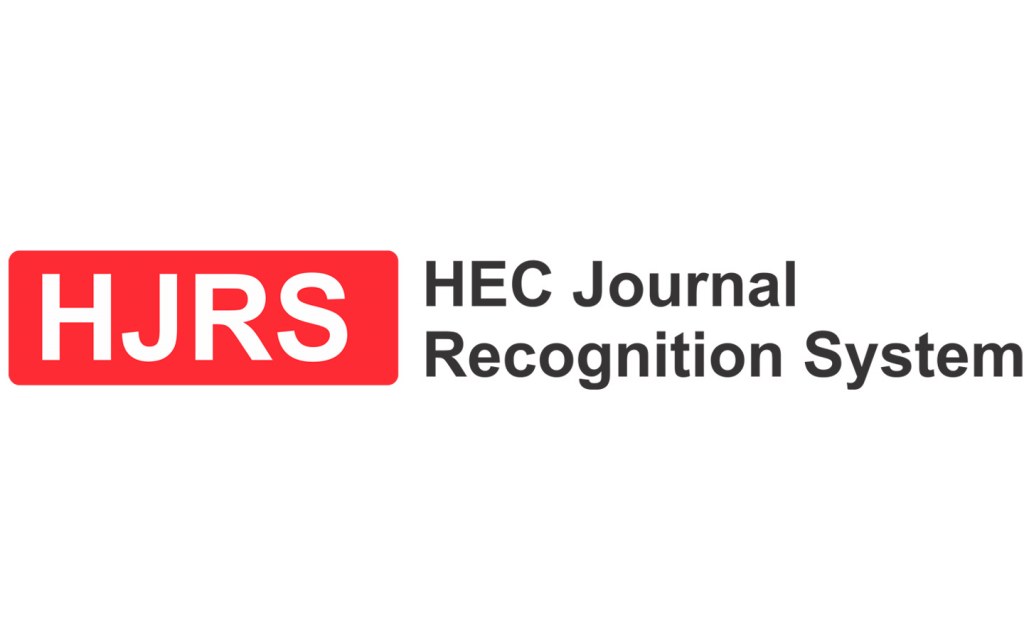Readiness for Interprofessional Learning Among Undergraduate Healthcare Students
Interprofessional Learning in Healthcare Students
DOI:
https://doi.org/10.55735/hjprs.v3i7.170Keywords:
attitude, healthcare, interprofessional learningAbstract
Background: In interprofessional learning, students from different healthcare professions learn collaboration skills and teamwork so they can provide good quality healthcare. For patients and their allied care to improve, there must be excellent teamwork, communication and collaboration among professionals. Recent global emphasis on the urgent need for human resource enhancement has increased the need for successful interprofessional collaboration to deliver the best healthcare possible. Objective: To determine the attitude and behavior toward interprofessional learning among a group of undergraduate students enrolled in seven health science-related courses Methods: A cross-sectional research approach was used. Data was gathered from institutions in the Lahore region that provide physical therapy, nursing, occupational therapy, nutritional sciences, speech therapy, MBBS, and pharmacy education, including Riphah International University, Children's Hospital, Mayo Hospital, Nursing College of General Hospital, and Allama Iqbal Medical College. After the approval of the synopsis study was completed in 6 months. A simple random sampling technique was used. The sample size was 300 as calculated by Epitool. Target was a multiple-student population. Students from nursing, occupational therapy, nutritionist, physiotherapy, speech therapy, MBBS and pharmacy department were included in the study. While Students who were not willing to participate and had psychosocial factors, students who had depressive episodes over the last 6 months and who had a death in the family (paternal/maternal) over the past 6 months were excluded. The Readiness for Inter-professional Learning Scale (RIPLS) questionnaire was distributed among students of 7 healthcare programs. When handouts are collected in person or by representatives at particular colleges, the questionnaire will be delivered. Results: This showed that students had positive attitudes, perceptions and attributes toward interprofessional learning and they shared knowledge. Pharm-D and nursing had the highest scoring in it and MBBS and speech therapist had the lowest level of agreement. Conclusion: Overall students have shown positive attitudes, perceptions, and attributes toward Inter-professional learning and shared knowledge. The findings indicated that clinical nutritionists respected and appreciated interprofessional practice and teamwork. MBBS and speech therapists have the lowest level of agreement toward interprofessional learning.
References
Jarvis P. Professional education: Routledge; 2018.
Viking T, Wenzer J, Hylin U, Nilsson L. Peer support workers’ role and expertise and interprofessional learning in mental health care: a scoping review. Journal of Interprofessional Care 2022: 1-11.
Jensen CB, Norbye B, Dahlgren MA, Iversen A. Patient participation in interprofessional learning and collaboration with undergraduate health professional students in clinical placements: A scoping review. Journal of Interprofessional Education & Practice 2022: 100494.
Smith J. Interprofessional learning—what is it and why is it important in a health reform environment?
Roberts C, Kumar K. Student learning in interprofessional practice-based
environments: what does theory say? BMC Medical Education 2015; 15(1): 1-3.
Morrison G, Goldfarb S, Lanken PN. Team training of medical students in the 21st century: would Flexner approve? Academic Medicine 2010; 85(2): 254-9.
Jha N, Palaian S, Shankar PR, Poudyal S. Readiness for Interprofessional Learning Among First Year Medical and Dental Students in Nepal. Advances in Medical Education and Practice 2022; 13: 495.
Truong AT, Winman T, Ekström-Bergström A. Studying intraprofessional and interprofessional learning processes initiated by an educational intervention applying a qualitative design with multimethod approach: a study protocol. BMJ open 2022; 12(4): e058779.
Bogossian F, Craven D. A review of the requirements for interprofessional education and interprofessional collaboration in accreditation and practice standards for health professionals in Australia. Journal of interprofessional care 2021; 35(5): 691-700.
Abaraogu UO, Aguji KR, Duru DO, Okafor UC, Ezeukwu AO, Igwe SE. Physiotherapist–patient communication in entry-level physiotherapy education: A national survey in Nigeria. Hong Kong Physiotherapy Journal 2019; 39(01): 77-87.
O’Reilly P, Lee SH, O’Sullivan M, Cullen W, Kennedy C, MacFarlane A. Assessing the facilitators and barriers of interdisciplinary team working in primary care using normalisation process theory: an integrative review. PloS one 2017; 12(5): e0177026.
Organization WH. Framework for action on interprofessional education and collaborative practice: World Health Organization, 2010.
van Diggele C, Roberts C, Burgess A, Mellis C. Interprofessional education: tips for design and implementation. BMC Medical Education 2020; 20(2): 1-6.
Panel IECE. Core competencies for interprofessional collaborative practice: Report of an expert panel: Interprofessional Education Collaborative Expert Panel; 2011.
Barr H, Freeth D, Hammick M, Koppel I, Reeves S. Evaluations of interprofessional education. London: United Kingdom Review of Health and Social Care 2000.
Hind M, Norman I, Cooper S, et al. Interprofessional perceptions of health care students. Journal of interprofessional care 2003; 17(1): 21-34.
Curran VR, Sharpe D, Flynn K, Button P. A longitudinal study of the effect of an interprofessional education curriculum on student satisfaction and attitudes towards interprofessional teamwork and education. Journal of interprofessional care 2010; 24(1): 41-52.
Judge M, Polifroni E, Maruca A, Hobson M, Leschak A, Zakewicz H. Evaluation of students' receptiveness and response to an interprofessional learning activity across health care disciplines: An approach toward team development in healthcare. International Journal of Nursing Sciences 2015; 2(1): 93-8.
Hood K, Cant R, Baulch J, et al. Prior experience of interprofessional learning enhances undergraduate nursing and healthcare students' professional identity and attitudes to teamwork. Nurse Education in Practice 2014; 14(2): 117-22.
Williams B, McCook F, Brown T, et al. Are undergraduate health care students ‘ready’for interprofessional learning? A cross-sectional attitudinal study. Internet Journal of Allied Health Sciences and Practice 2012; 10(3): 4.
Al-Qahtani MF. Measuring healthcare students' attitudes toward interprofessional education. Journal of Taibah University Medical Sciences 2016; 11(6): 579-85.
Mèche P, Meyenberg C-L, Douchamps L, Wyndham-White C, Ibrahimovic A, Jeannot E. Students' readiness and perception of interprofessional learning in an undergraduate Swiss healthcare student context: a cross sectional study. Journal of allied health 2016; 45(2): 11E-4E.
Sheppard S, Gilmartin S, Chen HL, et al. Exploring the Engineering Student Experience: Findings from the Academic Pathways of People Learning Engineering Survey (APPLES). TR-10-01. Center for the Advancement of Engineering Education (NJ1) 2010.

Downloads
Published
How to Cite
License
Copyright (c) 2023 The Healer Journal of Physiotherapy and Rehabilitation Sciences

This work is licensed under a Creative Commons Attribution 4.0 International License.
CC BY












